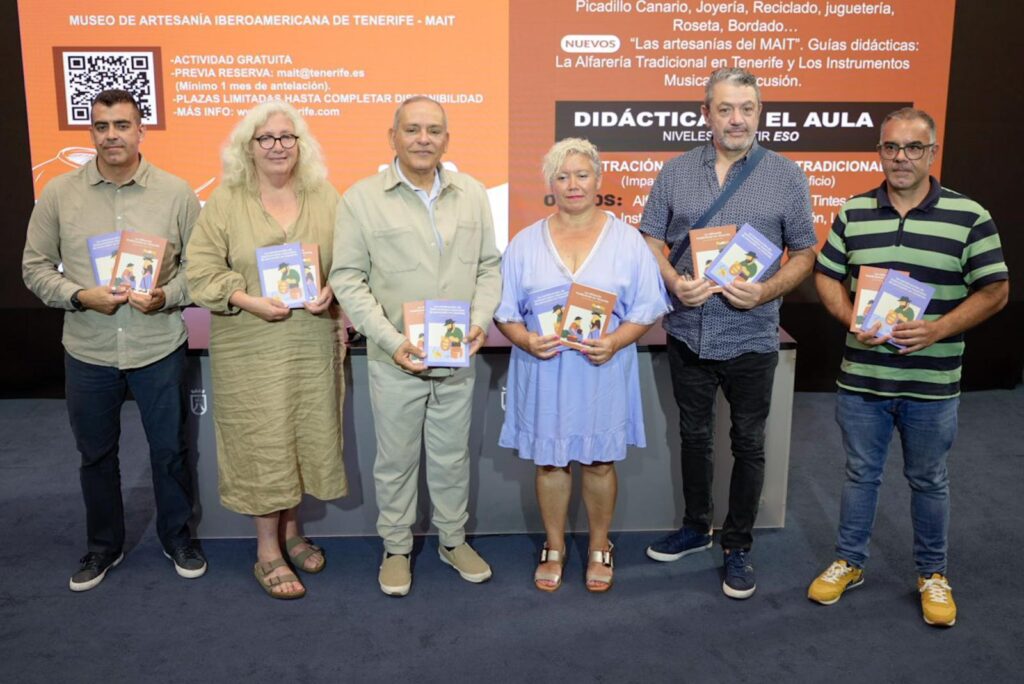
Researchers from the University of La Laguna have carried out an excavation at the Tejate site, on the island of Fuerteventura, which has provided abundant archaeozoological and ceramic remains that point to a specific aboriginal occupation and not prolonged in time.
The intervention carried out during the month of May at the site located in the municipality of La Oliva has contributed a very homogeneous set of material culture of the majos, fragments of aboriginal ceramics, lithic industry and mollusc remains, as reported by the University this Monday.
Tejate has been the object of these archaeological works directed by La Laguna researchers Paloma Vidal and Salvador Pardo, together with the Sandstone, Archeology and Heritage team.
This site, known for presenting a solid plan structure, houses numerous circular constructions and volcanic tubes conditioned both inside and outside that form important aboriginal settlement units. It is precisely in one of these volcanic bubbles where the archaeological excavation was carried out during the month of May.
The archaeological excavation of this volcanic tube is part of the project Use and management of woody resources during the pre-Hispanic and colonial period in the Canary Islands: adaptation and human impact in insular environmentsfinanced by the Ministry of Science and Innovation and directed by Paloma Vidal, from the Department of Geography and History of the University of La Laguna.
The Malpaís de la Arena area presents a well-known archaeological wealth thanks to the insular archaeological inventory and the accidental discoveries that have continuously occurred in the place. However, no archaeological interventions had been undertaken previously that would allow the aboriginal occupation of this area of the island to be framed chronologically in the approximately 1,500 years that the pre-Hispanic period occupies.
The objective of this archaeological excavation has been twofold; On the one hand, an attempt has been made to obtain a reliable archaeological sequence with radiocarbon dating that provides a time frame for the aboriginal occupation of Malpaís de la Arena and the north of the island and, on the other, an attempt is made to obtain a paleoenvironmental sequence through analysis of the archaeobotanical remains that allows comparing the data with those of the neighboring Cueva de Villaverde, where the Sandstone, Archeology and Heritage team and Paloma Vidal carry out their research.
One of the elements of greatest interest recovered during the excavation has been the documentation of what could be the preparation of a soil during the initial occupation of the cavity or a level of stabling, whose remains will be analyzed and dated by Carbon 14 in the next weeks.
In addition to obtaining radiocarbon dating of the sequence, all the sediments will be floated at the University of La Laguna to recover the remains of coal, seeds and other archaeological remains that will be analyzed by the team that is part of the project.
















